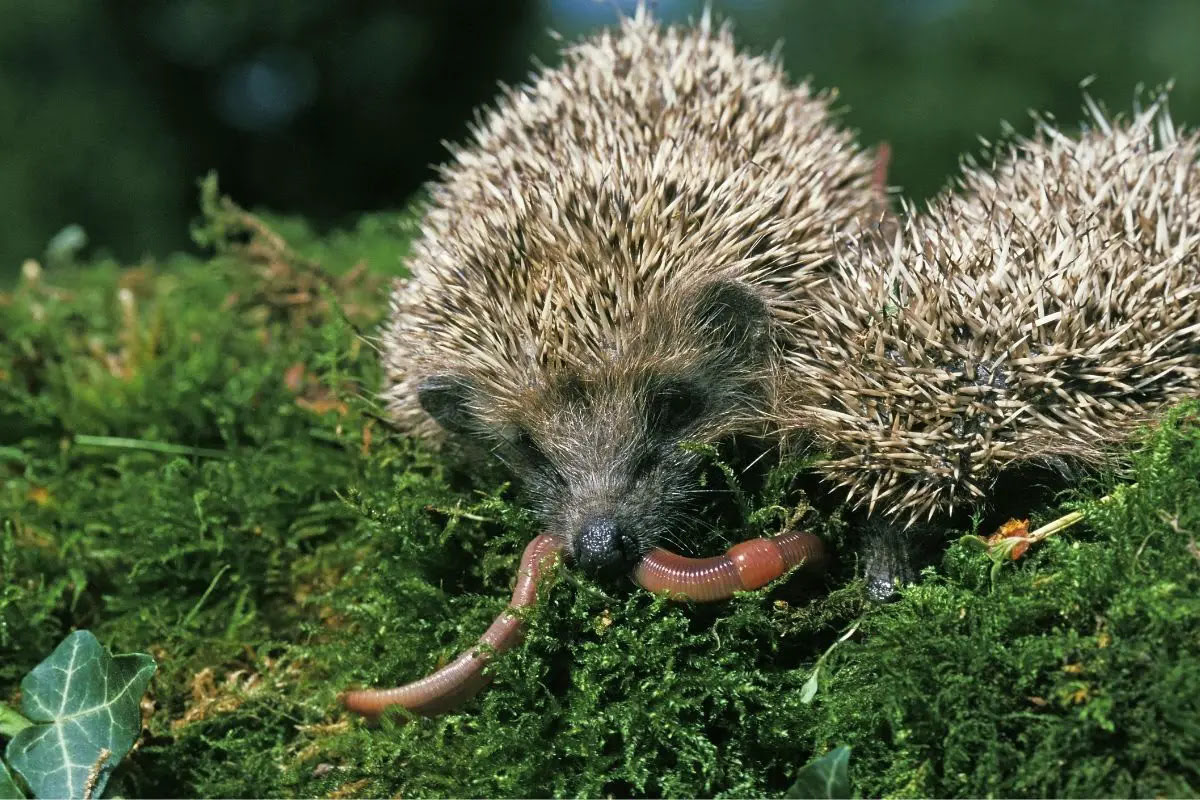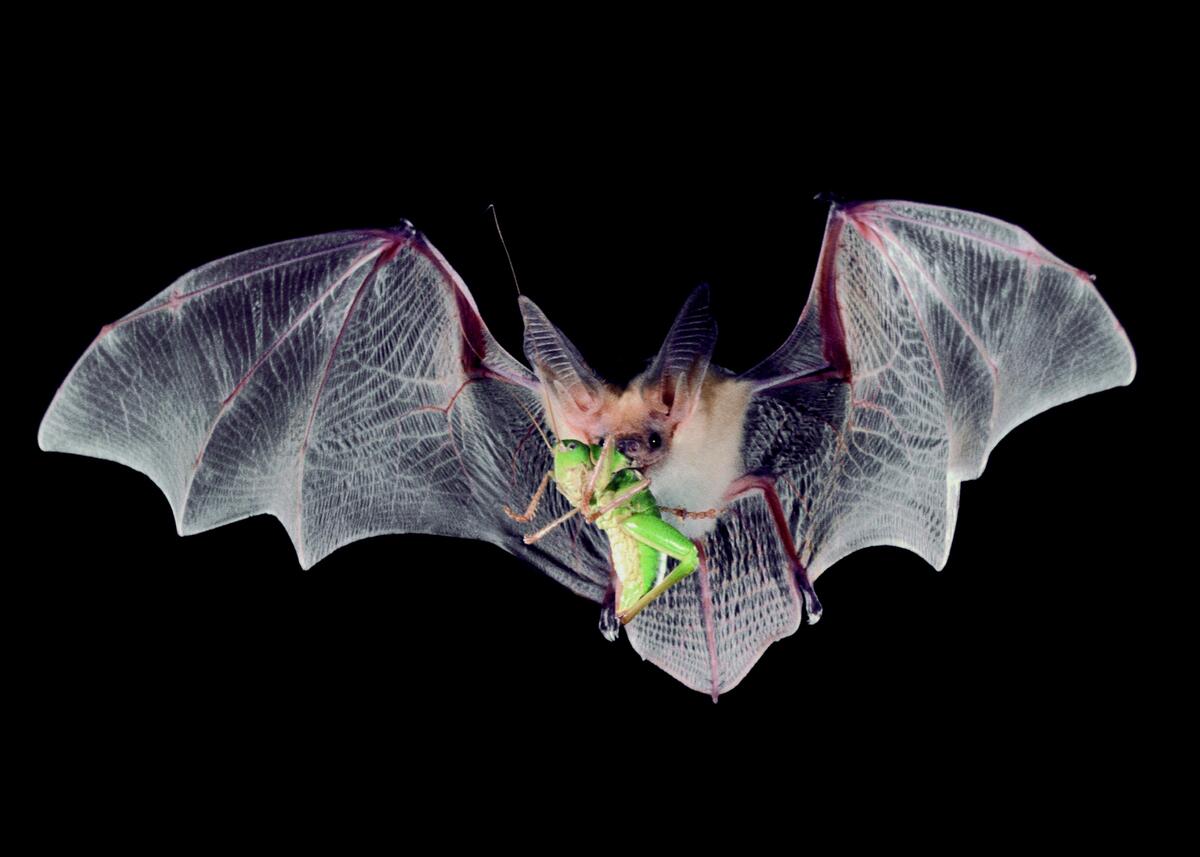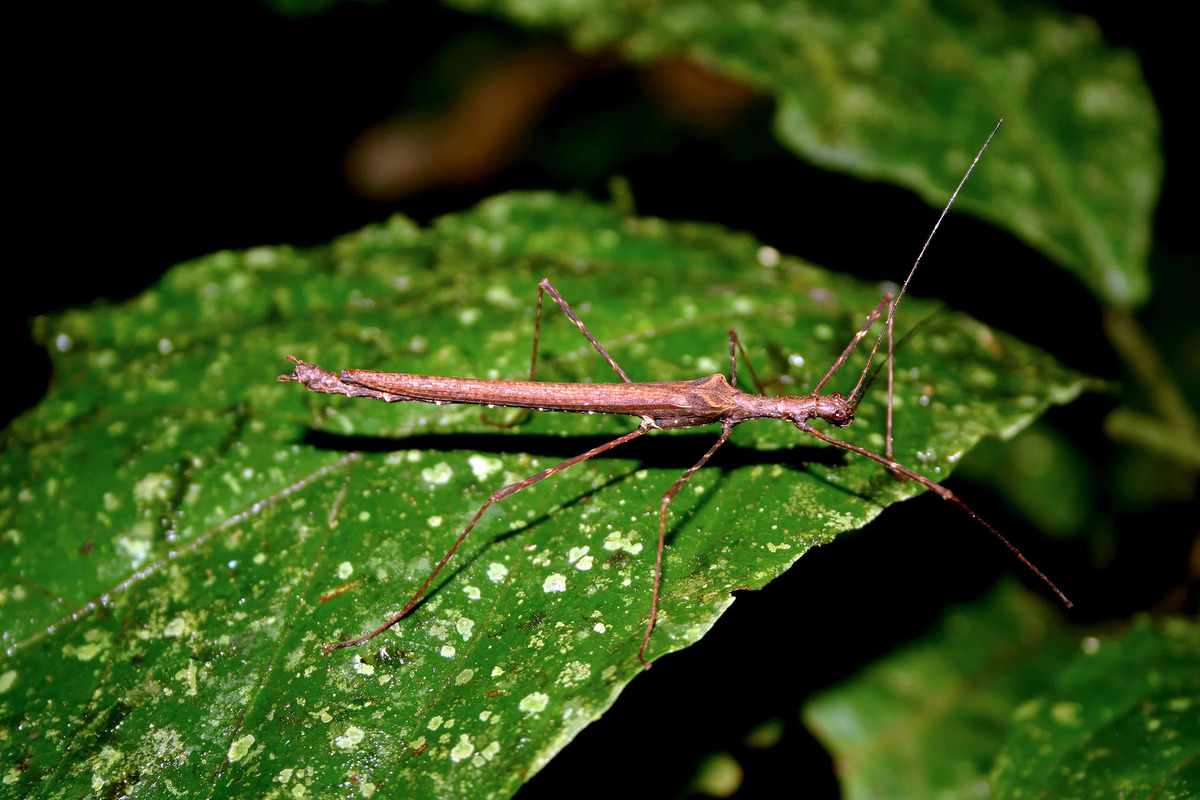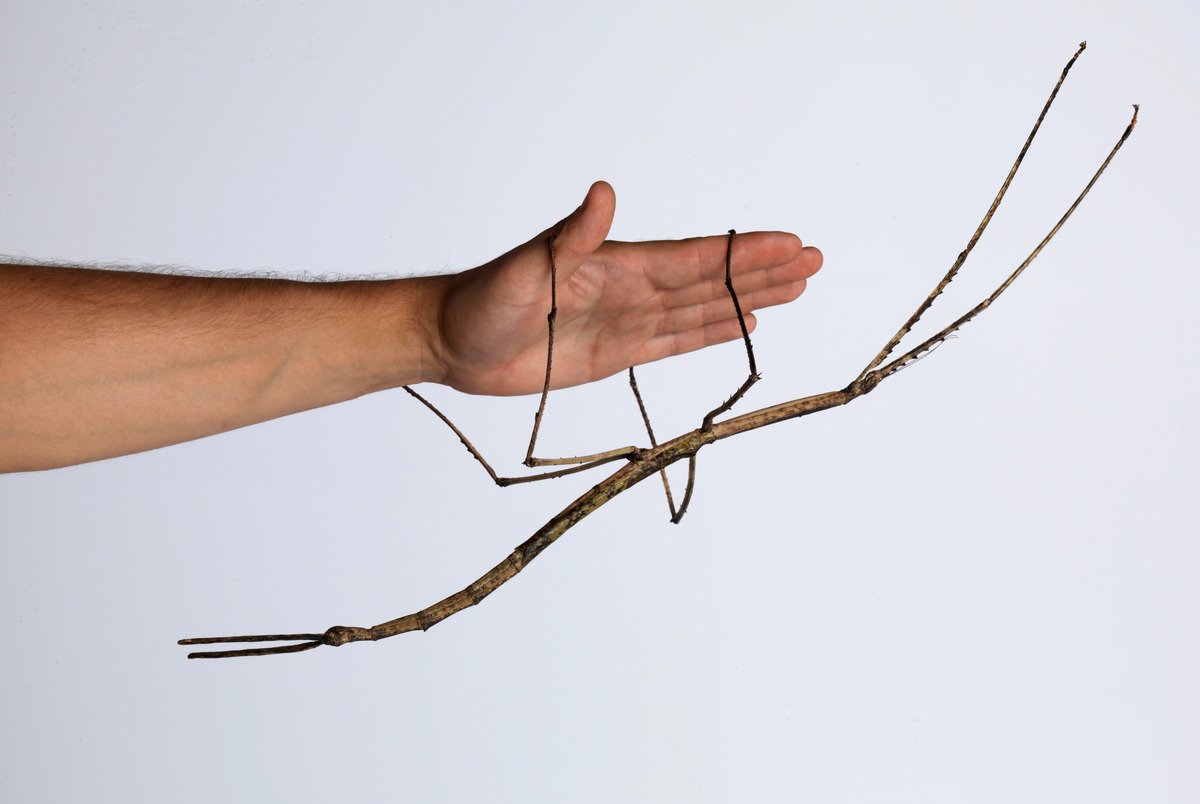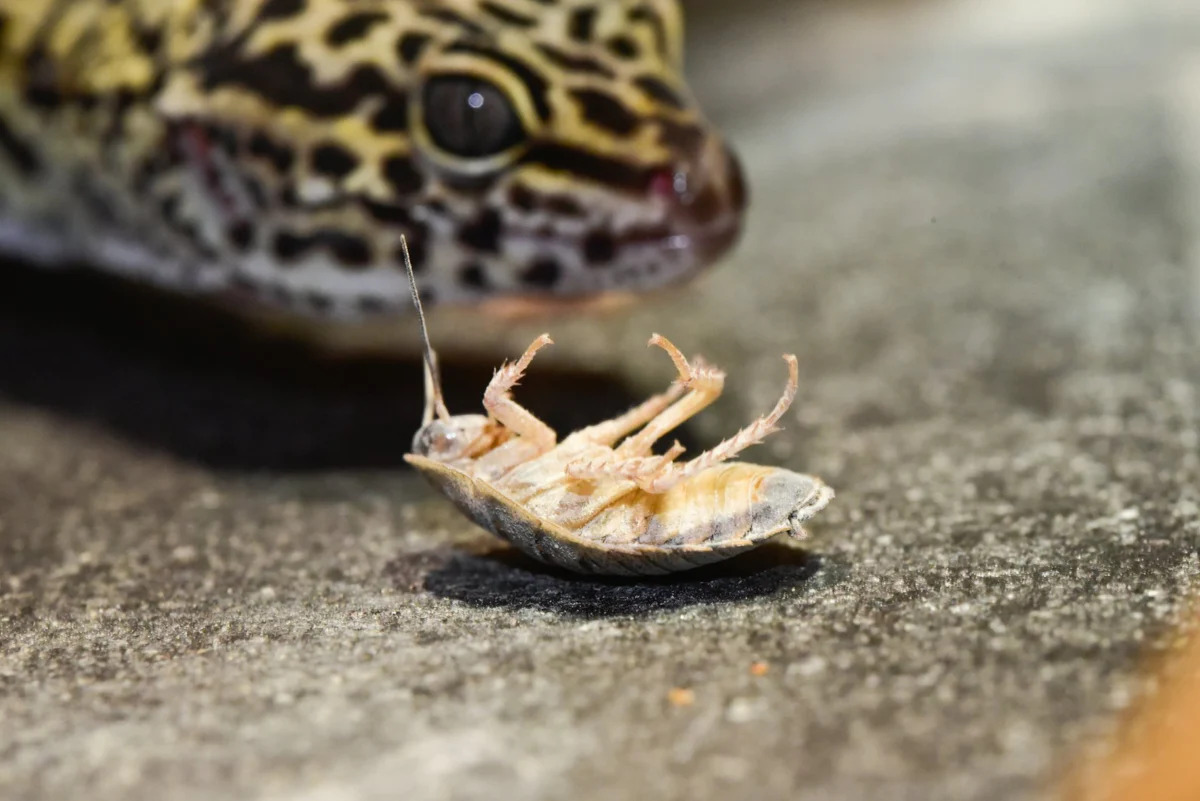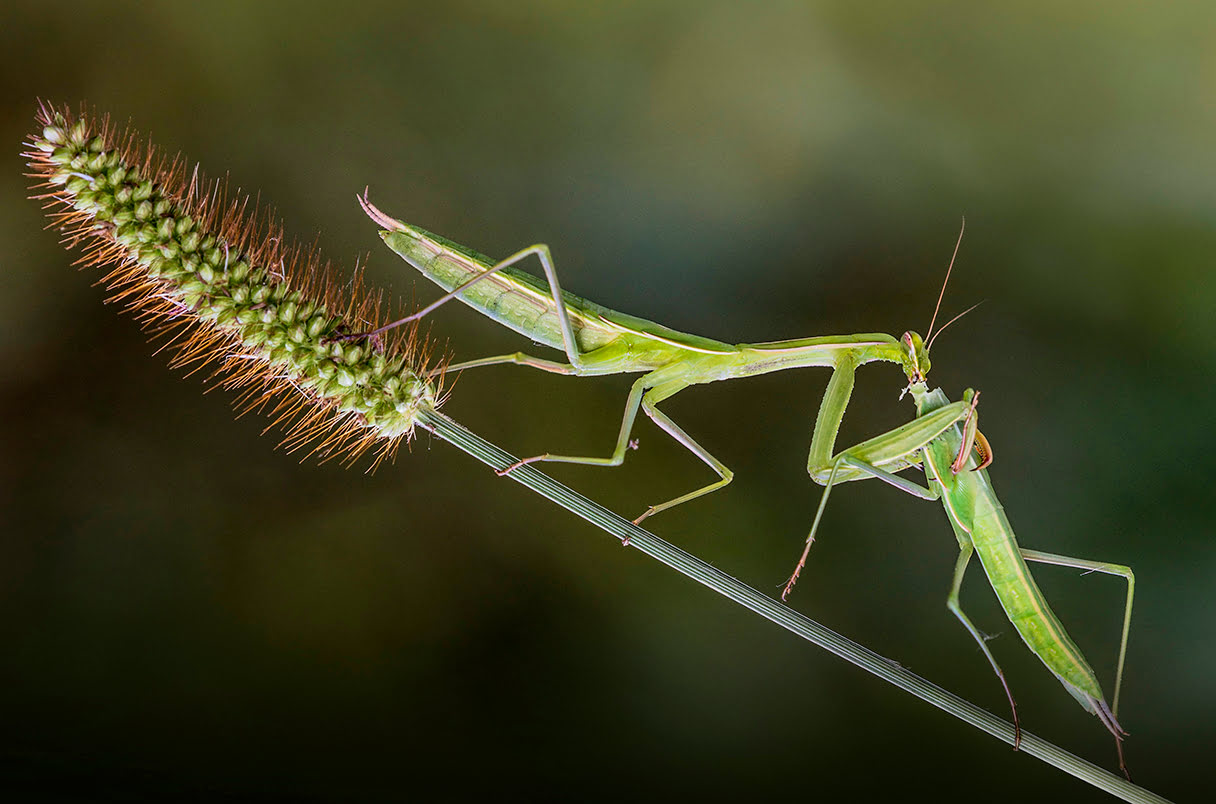Home>Gardening News and Trends>Latest News>What Insects Do They Eat In Mexico
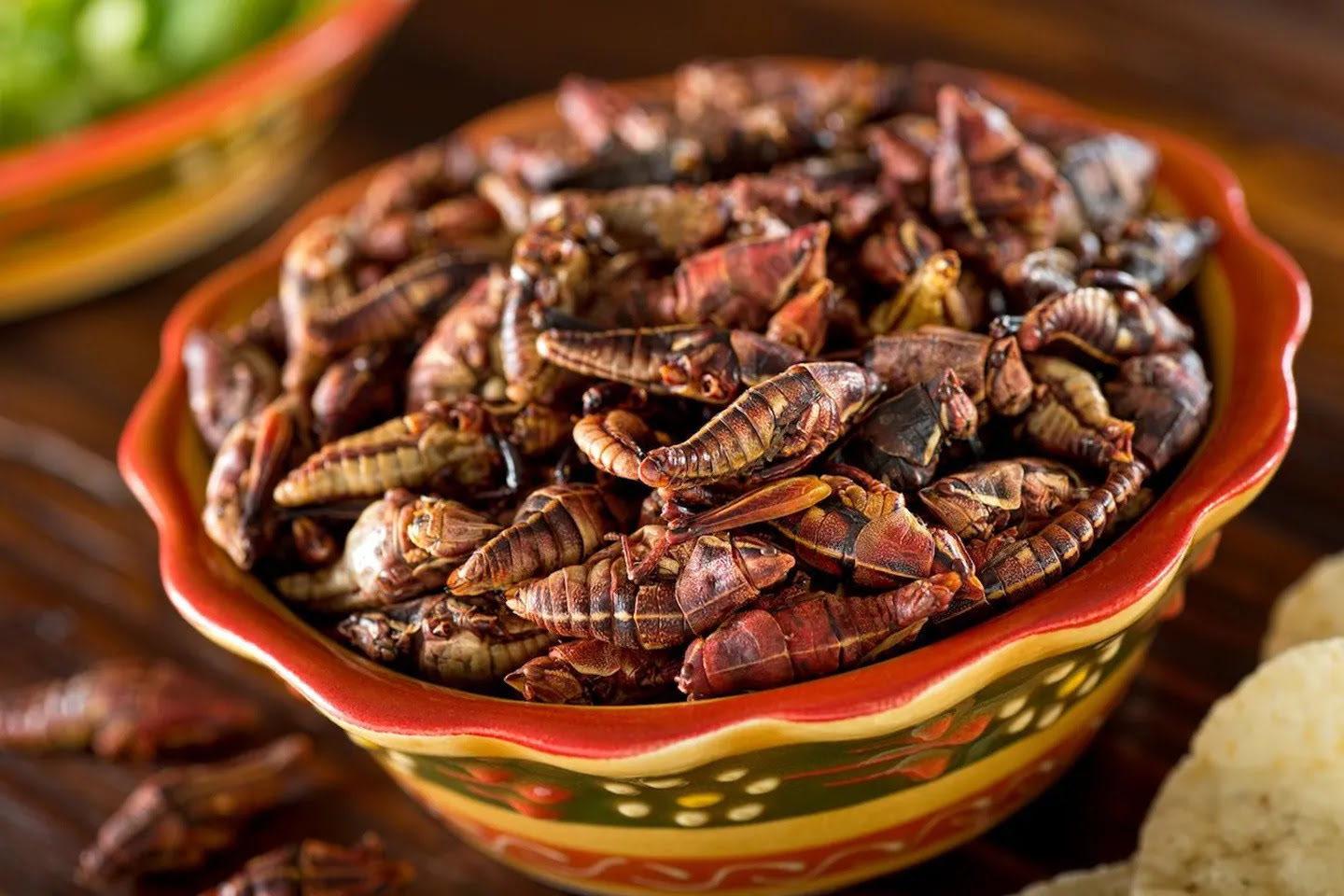

Latest News
What Insects Do They Eat In Mexico
Modified: January 22, 2024
Stay up to date with the latest news on what insects are commonly consumed in Mexico. Discover fascinating details about the diverse culinary traditions in this vibrant country.
(Many of the links in this article redirect to a specific reviewed product. Your purchase of these products through affiliate links helps to generate commission for Chicagolandgardening.com, at no extra cost. Learn more)
Table of Contents
- Introduction
- Cultural Significance of Insect Consumption in Mexico
- Traditional Mexican Dishes Incorporating Insects
- Common Insects Consumed in Mexico
- Nutritional Value of Insects in Mexican Cuisine
- Health and Environmental Benefits of Insect Consumption
- The Future of Insect Consumption in Mexico
- Conclusion
Introduction
When it comes to culinary adventures, Mexico is known for its vibrant and diverse cuisine. From spicy tacos to flavorful salsas, Mexican food never fails to tantalize the taste buds. But did you know that insects play a significant role in traditional Mexican cuisine? Yes, you read that right! Insects have been consumed in Mexico for centuries, and they are considered a delicacy that adds a unique and distinctive flavor to many traditional dishes.
The cultural significance of eating insects in Mexico dates back to pre-Hispanic times when indigenous communities relied on these tiny creatures as an important source of nutrition. Today, insect consumption remains a cherished part of Mexican culinary heritage, and people across the country continue to enjoy a wide variety of insect-based delicacies.
Mexican cuisine is famous for its rich flavors and creative use of ingredients, and incorporating insects into traditional dishes is a testament to the resourcefulness and culinary expertise of Mexican cooks. Whether it’s crispy fried grasshoppers or tangy ant larvae salsa, these insect-infused delicacies offer a one-of-a-kind culinary experience that truly represents the unique flavors and traditions of Mexico.
So, what exactly are these insect-based dishes that have captivated the appetites of Mexicans? How do they contribute to the nutritional value of the cuisine? And what are the health and environmental benefits of consuming insects? Let’s embark on a journey through the fascinating world of Mexican insect cuisine to answer these questions and gain a deeper appreciation for this culinary tradition.
Cultural Significance of Insect Consumption in Mexico
In Mexico, the consumption of insects holds deep cultural significance and is deeply intertwined with the country’s history and traditions. In pre-Hispanic times, insects were a vital part of the indigenous diet, providing an important source of protein and other nutrients. Even today, many indigenous communities in Mexico continue to rely on insects as a dietary staple.
The cultural significance of insect consumption in Mexico extends beyond mere sustenance. It is often associated with celebrations, rituals, and festivities. For example, during the Day of the Dead festival, which takes place in late October and early November, candy and treats in the shape of insects are commonly found on traditional altars as offerings to deceased loved ones. This practice symbolizes the cycle of life and death and honors the connection between humans and nature.
Additionally, insect consumption in Mexico is seen as a way to maintain a strong connection with the country’s ancestral roots. Many traditional Mexican dishes that incorporate insects have been passed down through generations, serving as a link between the past, present, and future. By continuing to prepare and consume these dishes, Mexicans preserve their cultural heritage and keep alive the traditions and knowledge of their ancestors.
Furthermore, the consumption of insects is often regarded as a symbol of bravery and strength. In some indigenous cultures, eating certain types of insects is considered a rite of passage, marking the transition from childhood to adulthood. By conquering the fear and aversion associated with eating insects, individuals demonstrate their courage and resilience.
Overall, the cultural significance of insect consumption in Mexico goes beyond mere culinary practices. It is an integral part of the country’s identity, connecting people to their history, ancestors, and traditions. By embracing and celebrating the consumption of insects, Mexicans showcase their deep appreciation for the natural world and the resources it provides.
Traditional Mexican Dishes Incorporating Insects
Traditional Mexican cuisine is renowned for its bold flavors and inventive use of ingredients, and the incorporation of insects into dishes is no exception. In fact, insects are considered a delicacy in many parts of Mexico and are featured in a variety of traditional dishes that showcase the culinary creativity of the Mexican people.
One well-known dish that incorporates insects is chapulines, which are toasted grasshoppers. These crunchy critters are a favorite snack in the southern part of Mexico, particularly in Oaxaca. Chapulines are often seasoned with chili, lime, and salt, resulting in a savory and flavorful treat. They are commonly enjoyed on their own or used as a topping for tacos, giving them an extra layer of texture and taste.
Another popular dish that utilizes insects is escamoles, which are ant larvae. Considered a delicacy, escamoles have a buttery and nutty flavor that is often compared to that of caviar. They are commonly sautéed with butter, garlic, and spices, then served in tortillas or used as a filling for dishes such as omelets or quesadillas. Escamoles are highly prized for their unique taste and are harvested from ant colonies in specific regions of Mexico.
Yet another traditional dish incorporating insects is gusanos de maguey, or maguey worms. These worms are found on the agave plant, which is used to produce mezcal and tequila. Gusanos de maguey are often toasted or fried and served alongside a shot of mezcal. They have a distinctive smoky flavor that complements the strong and aromatic taste of the agave spirit.
In addition to these specific dishes, insects are also used as ingredients in various salsas, sauces, and seasonings in Mexican cuisine. For example, salsa de hormiga chicatana, made from roasted red ants, adds a unique tang and smokiness to dishes. Additionally, ground insects such as crickets and mealworms are often used as a protein-rich ingredient in tortillas, tostadas, and other traditional Mexican preparations.
These traditional dishes incorporating insects are not only delicious but also showcase the ingenuity and resourcefulness of Mexican cuisine. By embracing insects as a culinary ingredient, Mexicans have created a gastronomic experience that is truly unique and representative of their cultural heritage.
Common Insects Consumed in Mexico
When it comes to insects, Mexico boasts a wide variety of species that are commonly consumed as part of the country’s culinary landscape. These insects not only add unique flavors and textures to traditional dishes but also provide a valuable source of protein, vitamins, and minerals. Let’s explore some of the most commonly consumed insects in Mexico:
- Chapulines (Grasshoppers): One of the most iconic insects in Mexican cuisine, grasshoppers, or chapulines, are a popular snack in certain regions of Mexico. They are usually toasted and seasoned with spices like chili, garlic, and lime to create a crunchy and flavorful treat. Chapulines are known for their high protein content and are often enjoyed on their own or added to tacos and other dishes.
- Escamoles (Ant larvae): Considered a delicacy, escamoles are the larvae of certain types of ants found in Mexico. They have a creamy texture and a slightly nutty flavor, often likened to that of pine nuts or cottage cheese. Escamoles are typically sautéed with butter, garlic, and spices, and are used as a filling in dishes like omelets, quesadillas, and even stuffed peppers.
- Gusanos de maguey (Maguey worms): These worms are found on the agave plant, which is used to produce mezcal and tequila. Gusanos de maguey are often toasted or fried and served as a garnish for mezcal shots. They have a smoky flavor that pairs well with the complex flavors of the distilled agave spirit.
- Aguamalas (Water bugs): In certain coastal regions of Mexico, water bugs, or aguamalas, are a common seafood delicacy. These aquatic insects are often boiled or fried and then seasoned with spices like chili and lime. Aguamalas have a delicate and slightly briny flavor, reminiscent of other seafood options like shrimp or crab.
- Chinicuiles (Maguey worms): Similar to gusanos de maguey, chinicuiles are another type of edible worm found on the agave plant. These worms are often used in traditional dishes, such as stew or tacos. They have a unique texture and add a meaty and savory element to dishes.
- Jumiles (Stink bugs): While stink bugs may not sound appetizing, they are a common ingredient in some parts of Mexico. Jumiles are typically toasted or cooked and used as a topping for dishes like tacos or tlayudas. They have a pungent and aromatic flavor profile, adding a unique twist to culinary creations.
These are just a few examples of the diverse range of insects consumed in Mexico. The culinary traditions of the country showcase the ingenuity and resourcefulness of utilizing locally available resources to create unique flavors and experiences.
Nutritional Value of Insects in Mexican Cuisine
The consumption of insects in Mexican cuisine not only adds interesting flavors and textures to dishes but also provides numerous nutritional benefits. Insects are rich in essential nutrients, making them a valuable source of protein, vitamins, minerals, and healthy fats.
Protein is a vital component of a balanced diet, and insects offer a highly sustainable and eco-friendly source of this essential nutrient. In fact, certain insects, such as grasshoppers (chapulines), contain more protein per gram than traditional meat sources like beef or chicken. This makes insects an excellent alternative protein source, particularly for those following vegetarian or vegan diets or individuals looking to diversify their protein intake.
In addition to protein, insects also offer a range of vitamins and minerals. For example, chapulines are a good source of iron, calcium, and B vitamins. Iron is important for red blood cell production and oxygen transport, while calcium strengthens bones and teeth. B vitamins play a crucial role in various bodily functions, including energy metabolism and brain health.
Furthermore, insects are often low in fat and cholesterol, making them a healthier option compared to many animal-based proteins. They are also a rich source of healthy fats, including omega-3 fatty acids, which have been linked to numerous health benefits such as reducing inflammation and supporting heart health.
Another advantage of consuming insects is their high fiber content. Many insects, such as mealworms and grasshoppers, are rich in dietary fiber. Fiber supports healthy digestion, promotes the feeling of fullness, and can contribute to improved blood sugar control.
It’s worth noting that the nutritional value of insects can vary depending on the species, life stage, and diet of the insect. However, overall, insects offer a valuable and nutrient-dense addition to the Mexican diet.
By incorporating insects into traditional Mexican cuisine, individuals can enjoy a wide range of flavors while reaping the nutritional benefits they provide. From protein and vitamins to healthy fats and fiber, insects contribute to a well-rounded and nutritious diet.
Health and Environmental Benefits of Insect Consumption
Aside from being a rich source of nutrients, the consumption of insects in Mexican cuisine offers various health and environmental advantages. Let’s explore the benefits of incorporating insects into our diets:
1. Sustainable Protein Source: Insects are highly sustainable and efficient to produce. They require minimal resources, such as water and feed, compared to traditional livestock. With the growing global population and increasing demands for protein, insect consumption can help alleviate the strain on our limited resources and reduce the environmental impact of food production.
2. Reduced Greenhouse Gas Emissions: Insects emit considerably fewer greenhouse gases compared to conventional livestock, such as cows or pigs. The production of insects for food requires less land, water, and feed, resulting in lower carbon emissions. Incorporating insects into our diets can contribute to mitigating climate change and promoting a more sustainable food system.
3. Ecological Balance: Insects play crucial roles in ecosystems, contributing to pollination, decomposition, and nutrient recycling. By consuming insects responsibly, we support the delicate balance of nature and help maintain the health of ecosystems. It is essential to ensure sustainable and ethical sourcing practices to preserve insect populations and their habitats.
4. Allergen Reduction: Insects offer an alternative protein source for individuals with common food allergies, such as those to soy, dairy, or nuts. Insects are not known to cause as many allergic reactions as some other protein sources, making them a viable option for those with dietary restrictions or allergies.
5. Potential Health Benefits: Some research suggests that insects may have unique health benefits. For example, certain insect species contain bioactive compounds that possess antimicrobial, antioxidant, and anti-inflammatory properties. However, more studies are needed to fully understand and harness the potential health benefits of consuming insects.
6. Cultural Preservation: Embracing insect consumption in traditional cuisine helps preserve cultural heritage and indigenous knowledge. Promoting the consumption of insects not only supports local economies but also acknowledges and appreciates the centuries-old practices and traditions of indigenous communities.
When considering the health and environmental benefits of insect consumption, it is crucial to prioritize sustainability, responsible sourcing, and ethical practices. By incorporating insects into our diets thoughtfully and with respect for the environment, we can make positive strides towards a more sustainable and resilient food system.
The Future of Insect Consumption in Mexico
The future of insect consumption in Mexico holds great potential and opportunities. As global awareness of sustainable food practices and the value of alternative protein sources grows, the consumption of insects is gaining momentum and recognition for its ecological, nutritional, and cultural benefits. Here are some key aspects that shape the future of insect consumption in Mexico:
1. Increasing Recognition and Acceptance: In recent years, there has been a shift in attitudes towards insect consumption, with more people recognizing the value and potential of insects as a food source. As this acceptance continues to grow, we can expect to see a wider variety of insect-based dishes on menus and in food products, making it more accessible to the general population.
2. Culinary Innovation and Creativity: Chefs and culinary experts are exploring the potential of insects, experimenting with new recipes and techniques to incorporate them into modern Mexican cuisine. This innovation will play a significant role in broadening the appeal of insect-based dishes, making them more enticing and enjoyable for a wider range of individuals.
3. Sustainable Farming and Production: There is a growing interest in sustainable farming and production practices for insects. This includes implementing efficient and controlled farming methods that minimize environmental impact and ensure high-quality and safe insect products. Technological advancements and research in insect farming will contribute to improving scalability, efficiency, and the overall sustainability of the industry.
4. Collaboration and Knowledge Sharing: Collaboration among various stakeholders, including researchers, chefs, farmers, and policymakers, will be crucial for the growth and success of the insect consumption industry in Mexico. Sharing knowledge, best practices, and resources will foster innovation and help overcome challenges related to regulations, consumer acceptance, and sustainability.
5. Education and Awareness: Educating the public about the benefits of insect consumption will be instrumental in driving its acceptance and adoption. Raising awareness about the nutritional value, cultural significance, and environmental benefits of insects will help dispel myths, reduce stigma, and encourage broader consumer acceptance.
6. Cultural Preservation and Appreciation: Emphasizing the cultural significance of insect consumption in Mexico will be crucial in ensuring its preservation and continued practice. By highlighting the connection between insects, culinary heritage, and indigenous traditions, people can develop a deeper appreciation for this unique aspect of Mexican cuisine.
The future of insect consumption in Mexico is promising, with increasing recognition of its benefits, growing culinary innovation, and a focus on sustainability. By embracing insects as a valuable and culturally significant food source, Mexico can lead the way in demonstrating the potential for insects to play a significant role in sustainable and diverse global food systems.
Conclusion
Insect consumption has deep cultural roots in Mexican cuisine and continues to be an integral part of the country’s culinary heritage. From chapulines to escamoles, insects offer unique flavors, nutritional value, and environmental benefits that contribute to the richness of Mexican gastronomy.
The cultural significance of insect consumption in Mexico spans generations, showcasing the connection between food, traditions, and the natural world. By incorporating insects into traditional dishes, Mexicans honor their ancestors and preserve their cultural heritage. Insects are more than just a source of sustenance; they represent bravery, strength, and a deep appreciation for the resources that nature provides.
Beyond cultural significance, insects offer numerous nutritional benefits. They are a sustainable and eco-friendly source of protein, vitamins, minerals, healthy fats, and fiber. The consumption of insects can contribute to a balanced and nutritious diet while reducing the strain on limited resources and mitigating the environmental impact of food production.
The future of insect consumption in Mexico looks promising, with increasing recognition, innovation, and sustainability practices. Collaboration among stakeholders, education, and the appreciation of cultural heritage will be critical in ensuring the continued growth and acceptance of insect consumption in Mexico and beyond.
As we embark on culinary adventures and explore new and exciting flavors, let us not forget the humble insects that have played an integral role in Mexican cuisine for centuries. By embracing their cultural significance, nutritional value, and environmental benefits, we can appreciate the diversity and resilience of our food systems and ensure a more sustainable and flavorful future.
